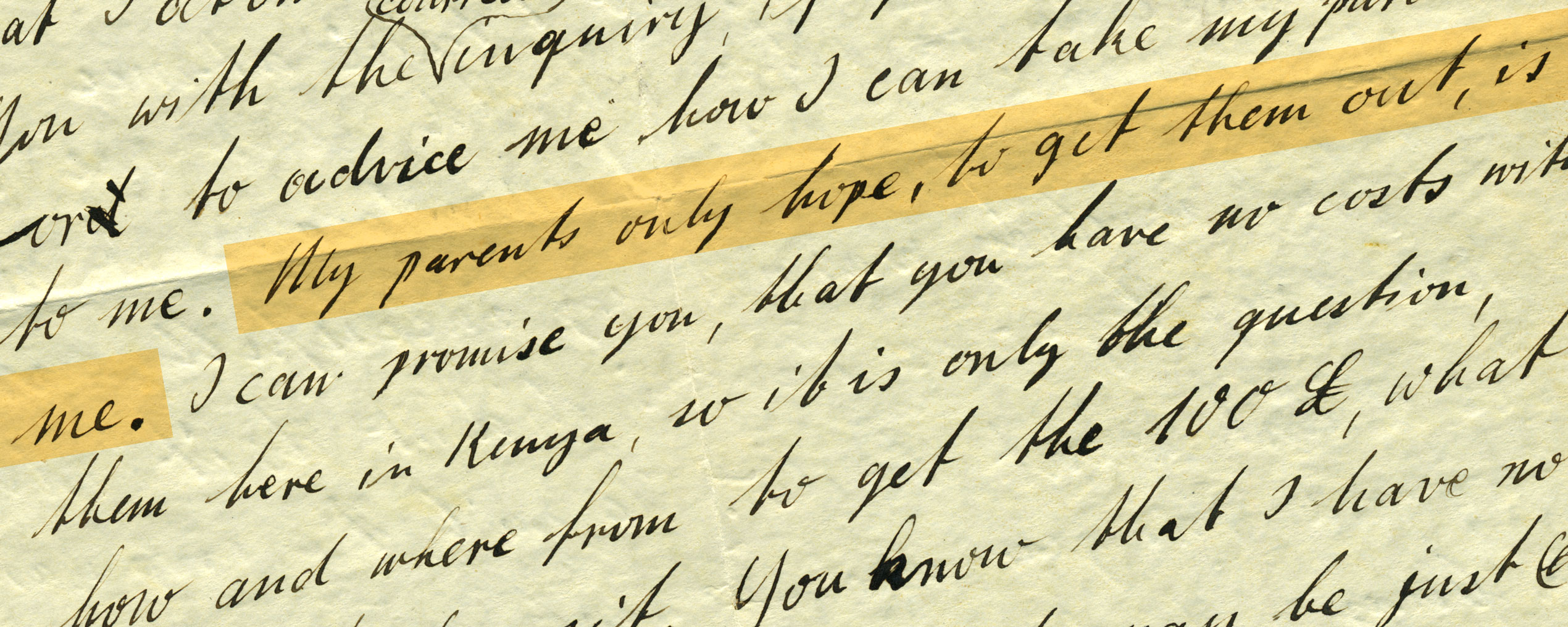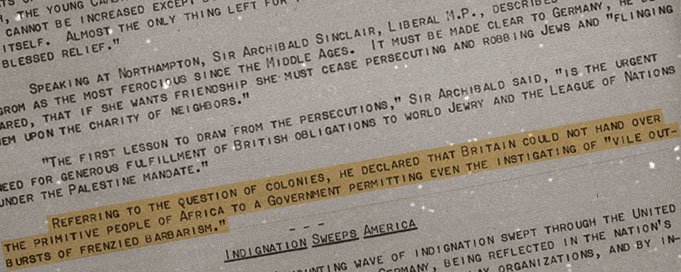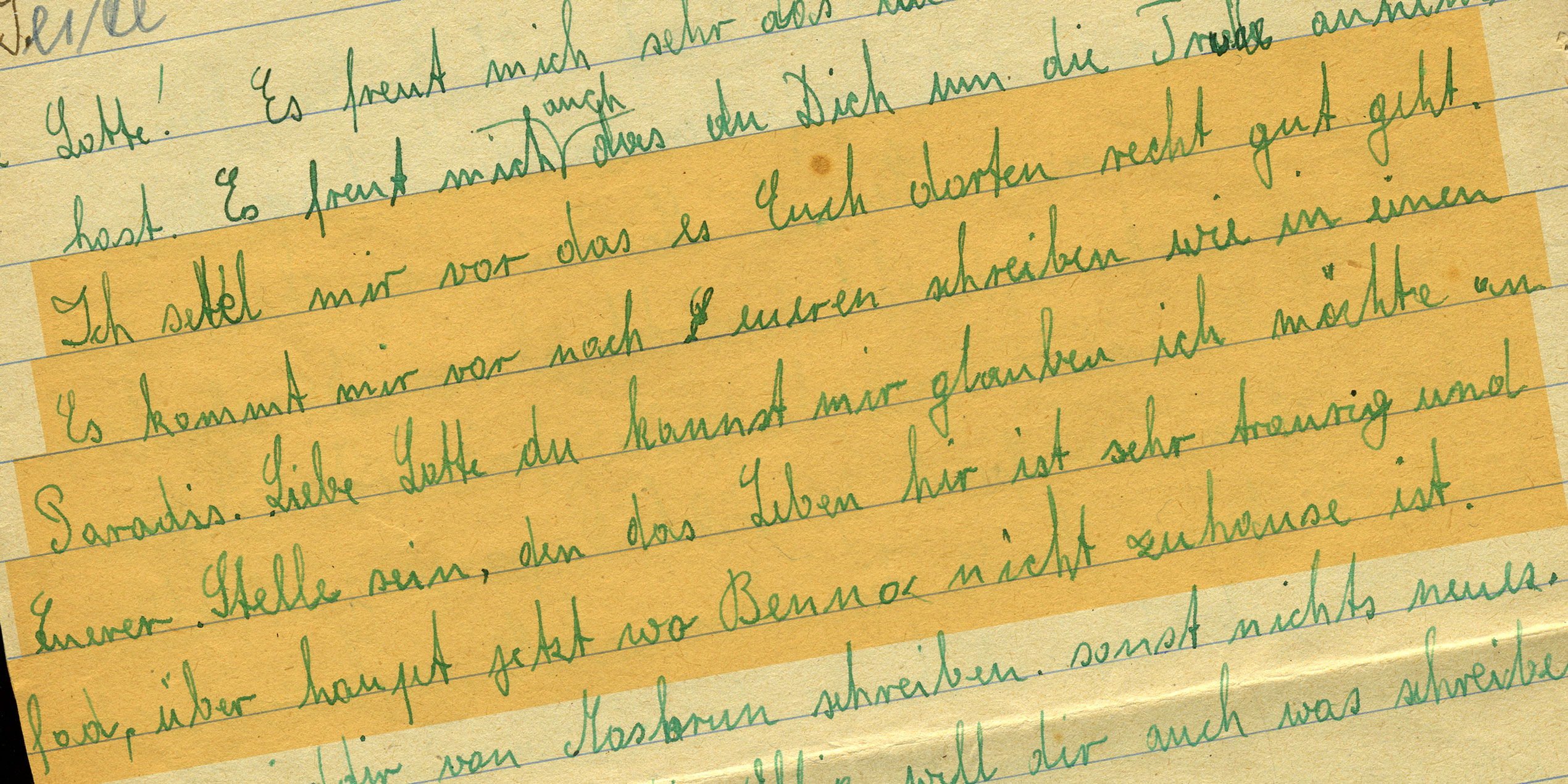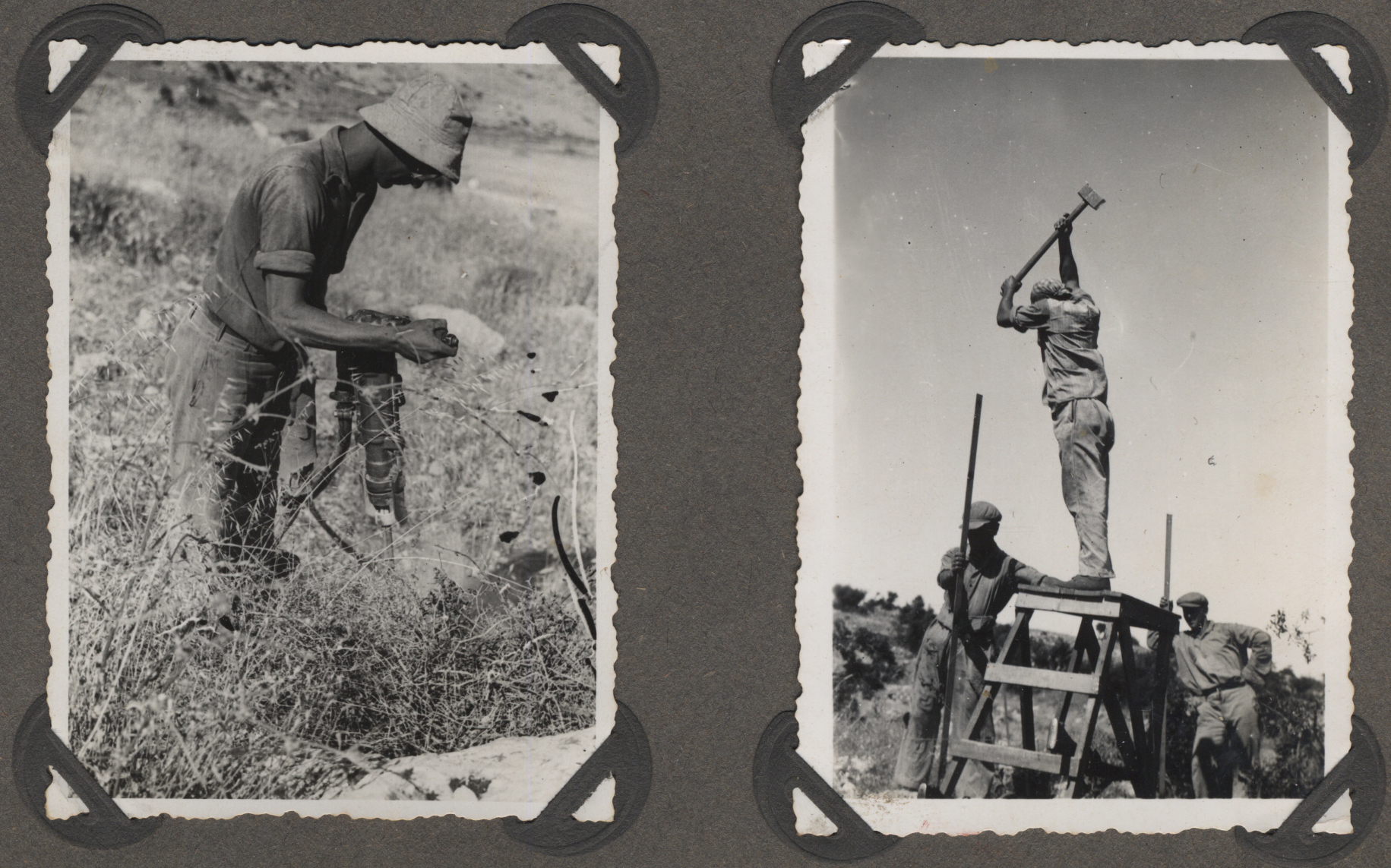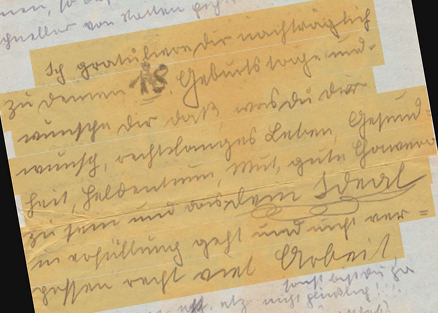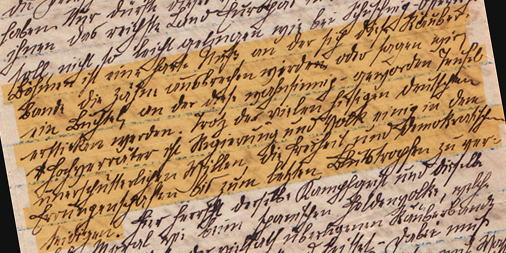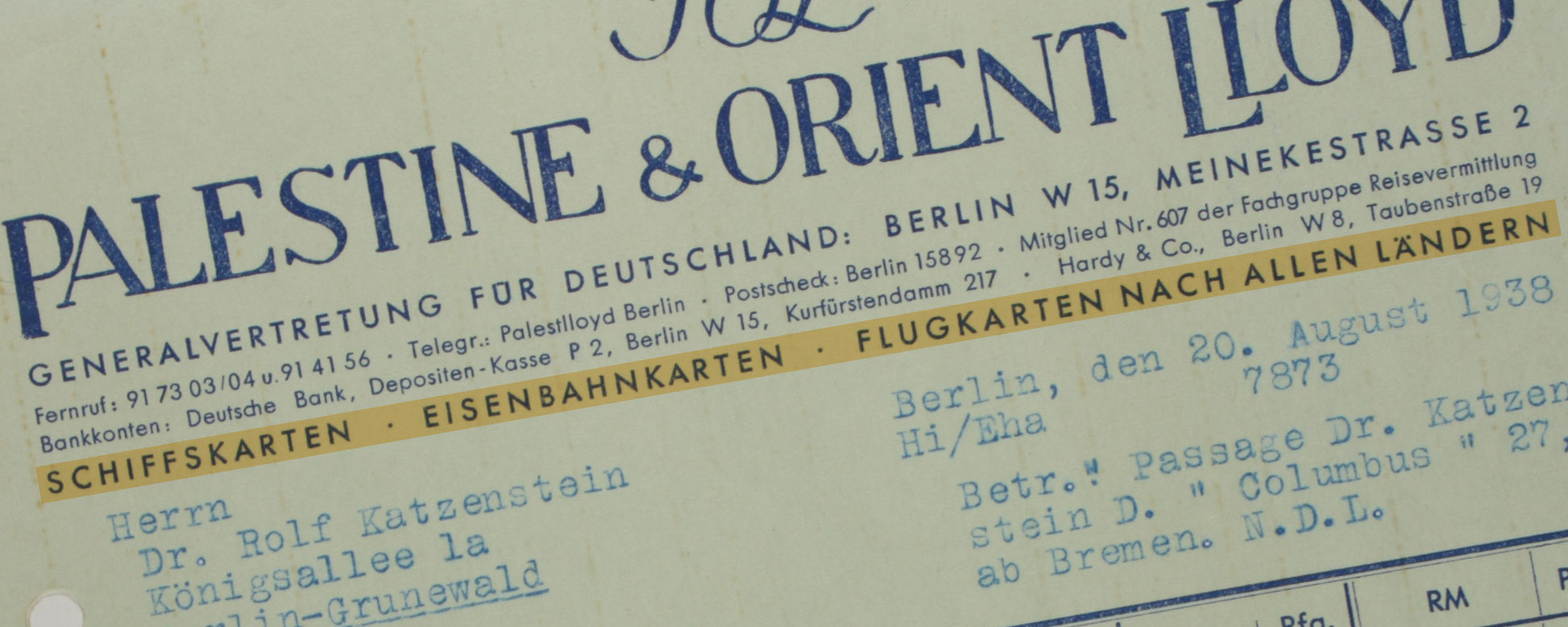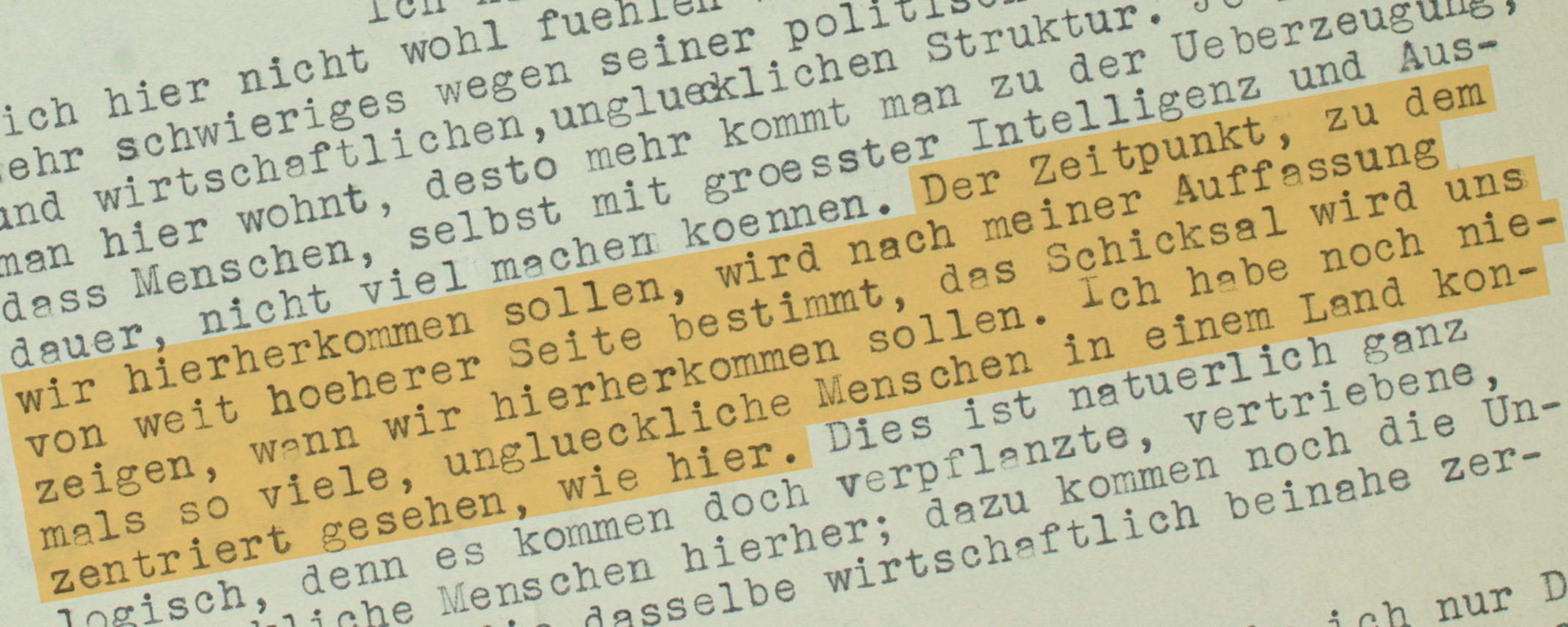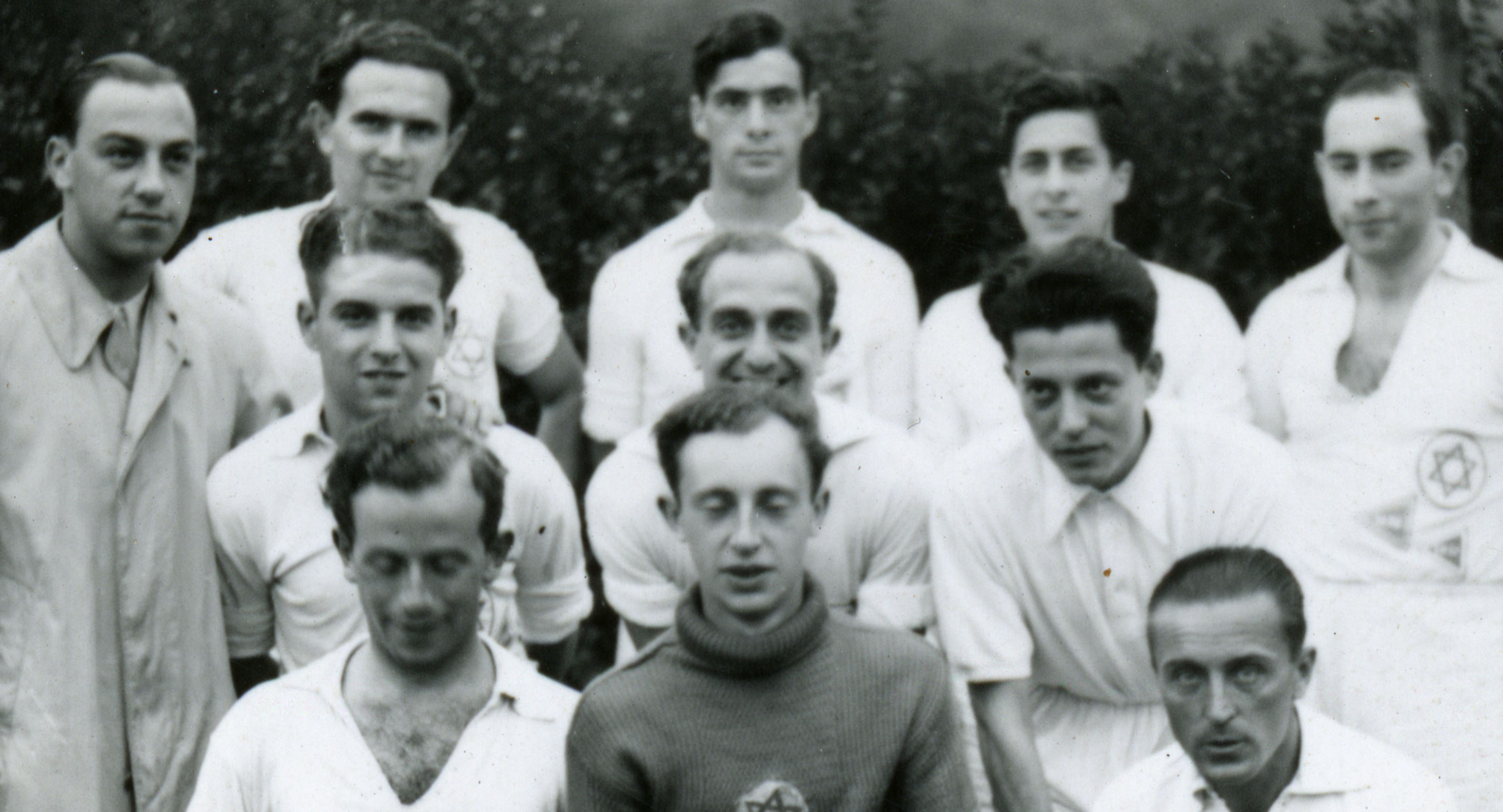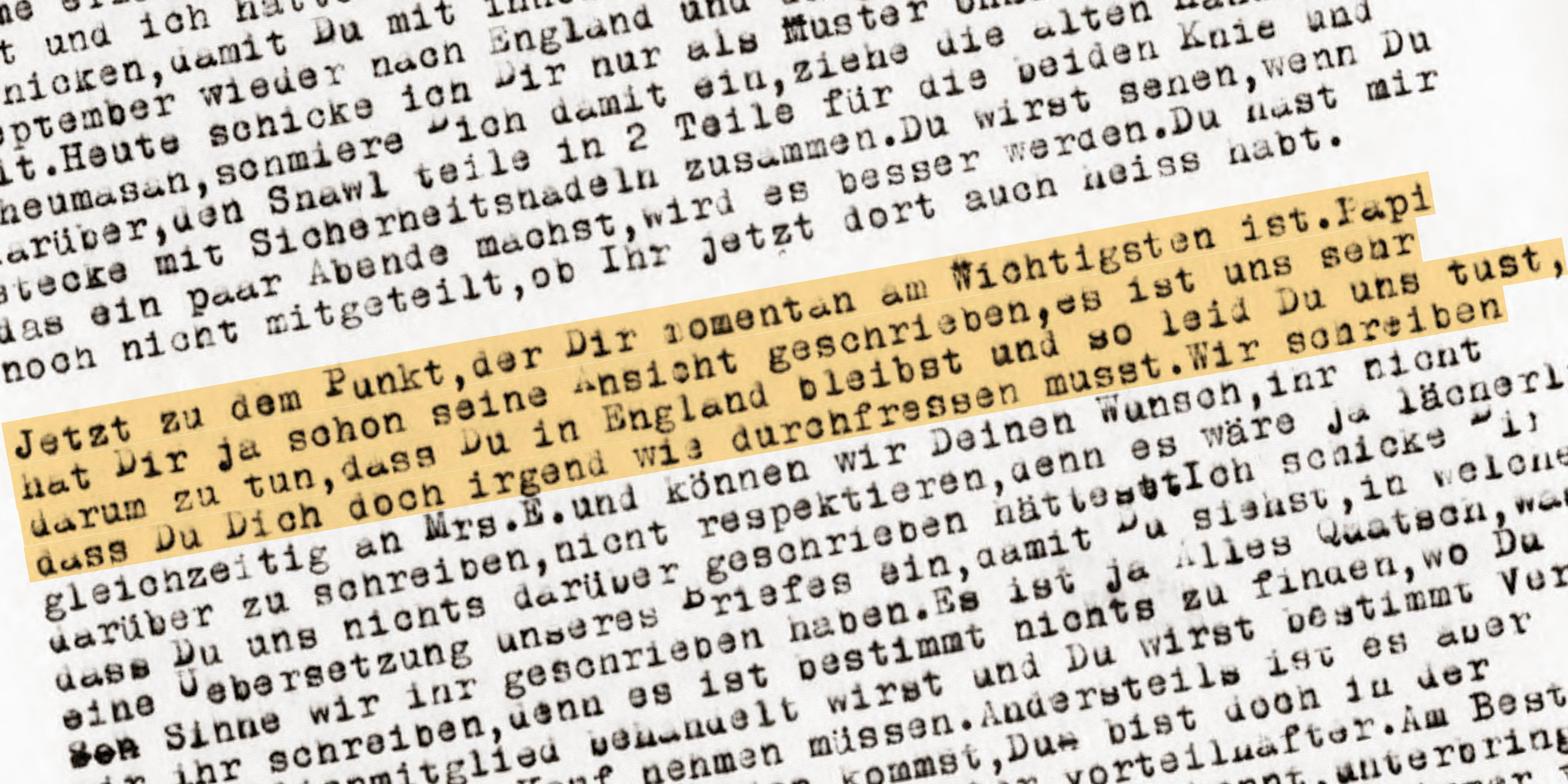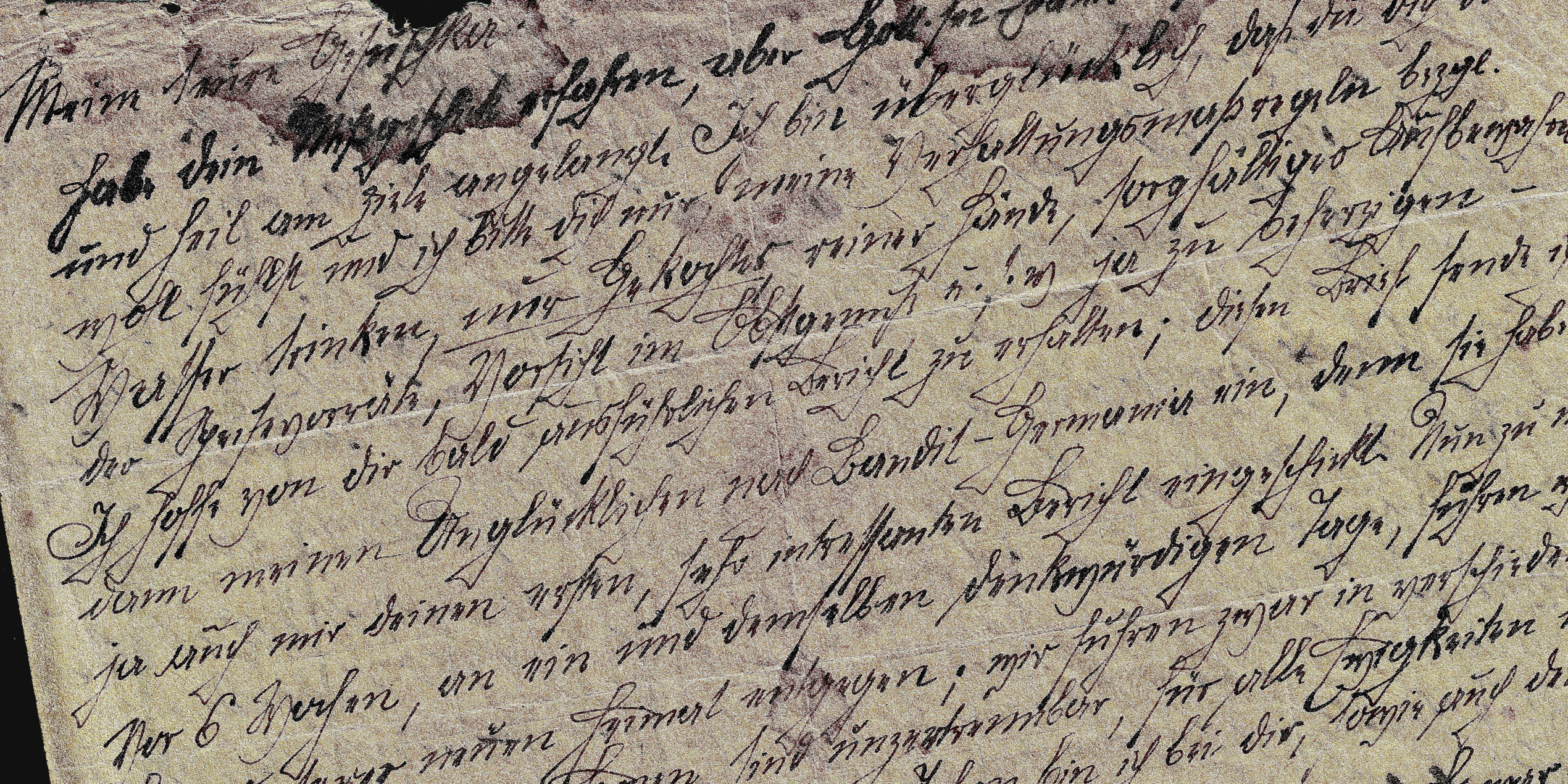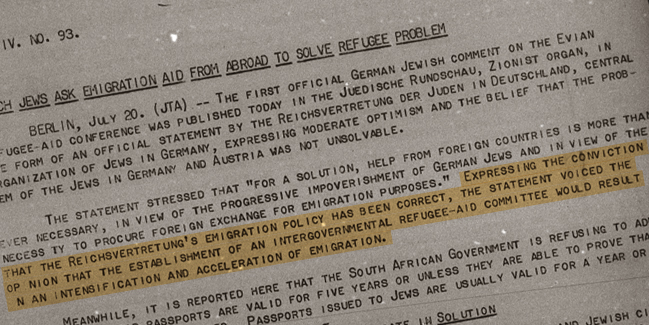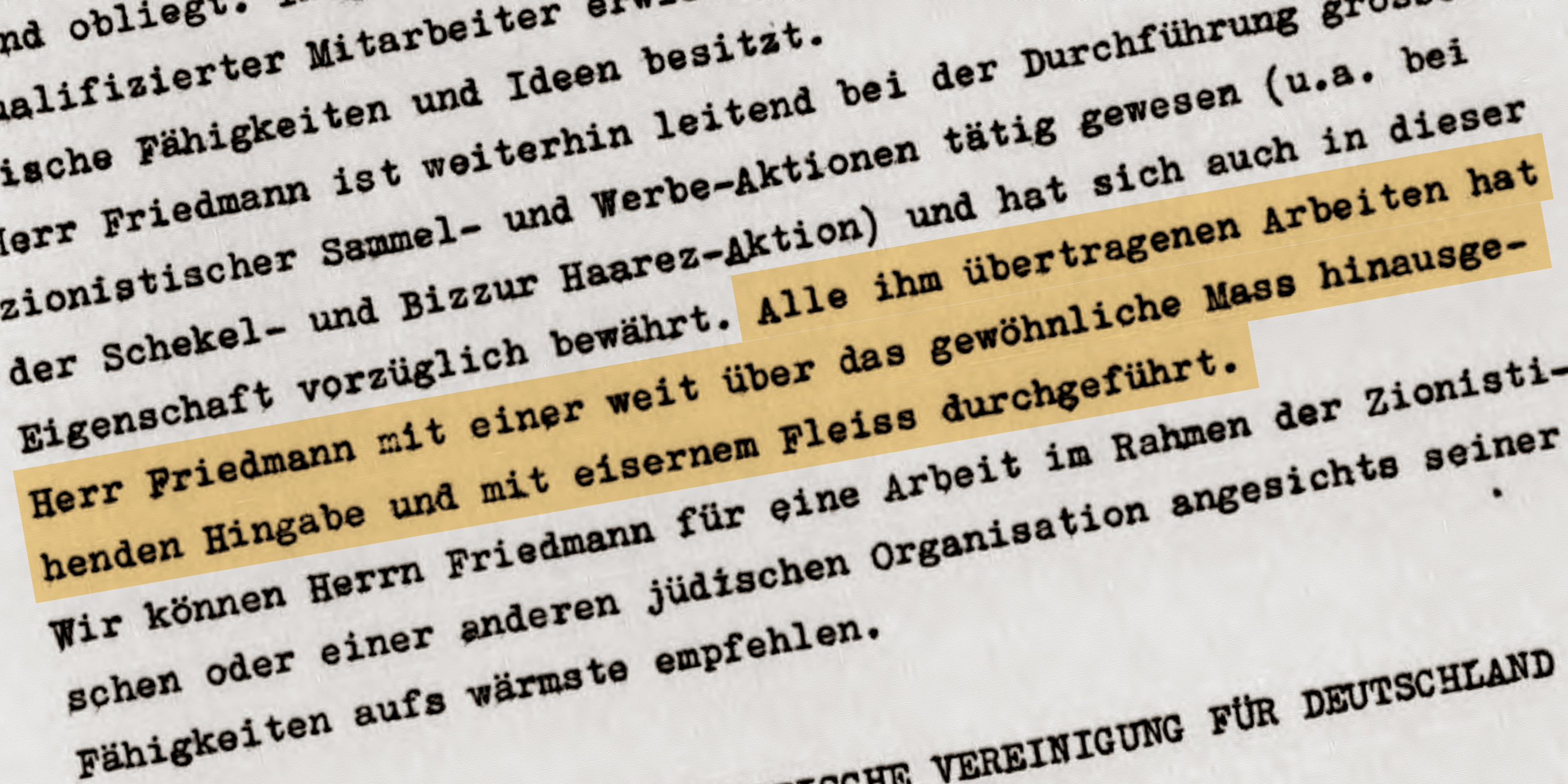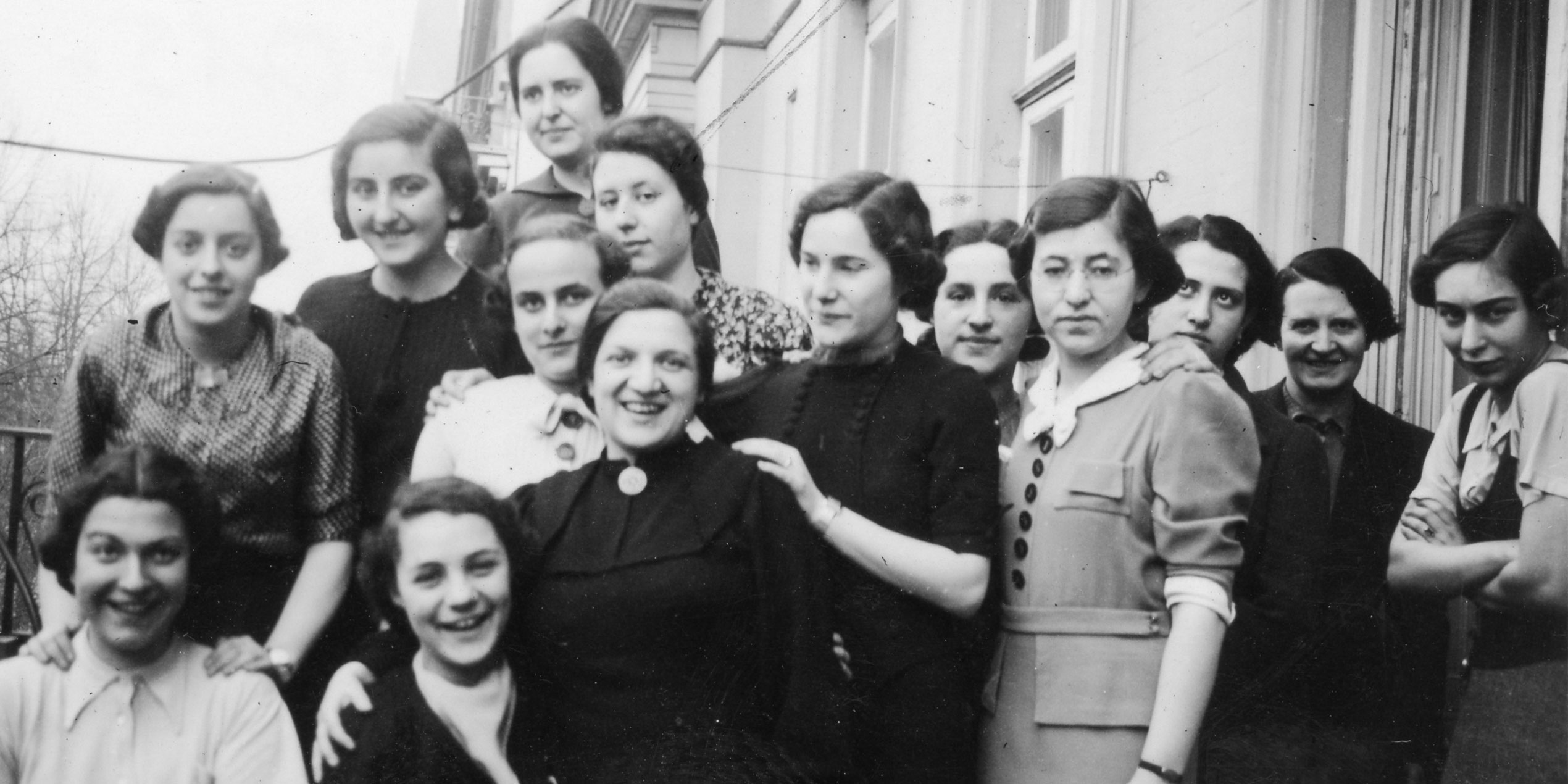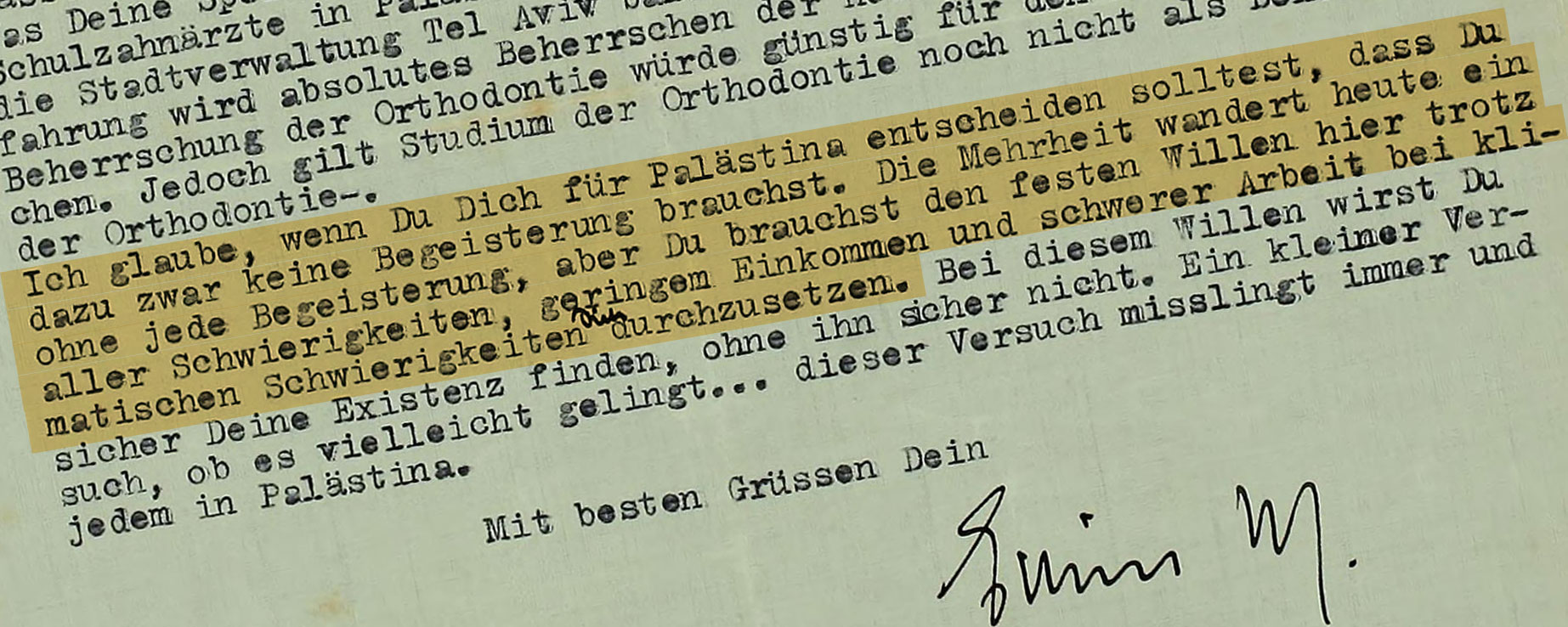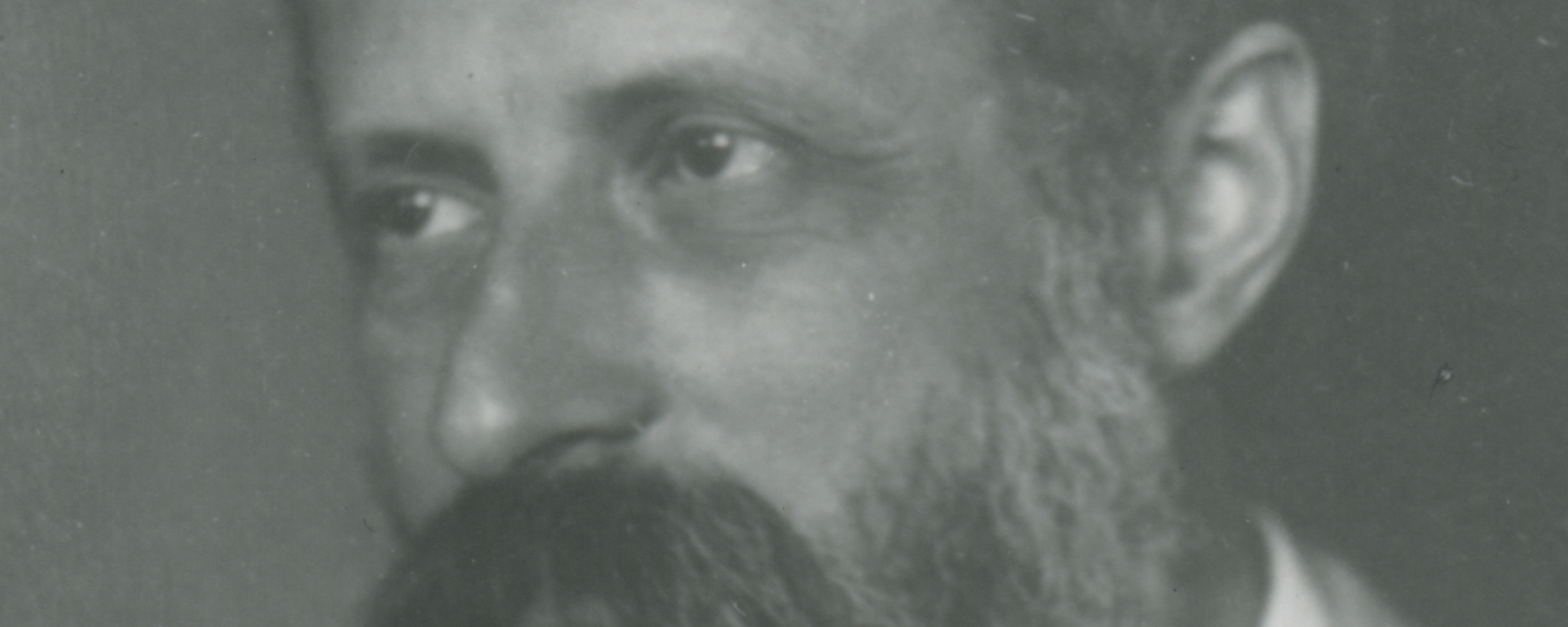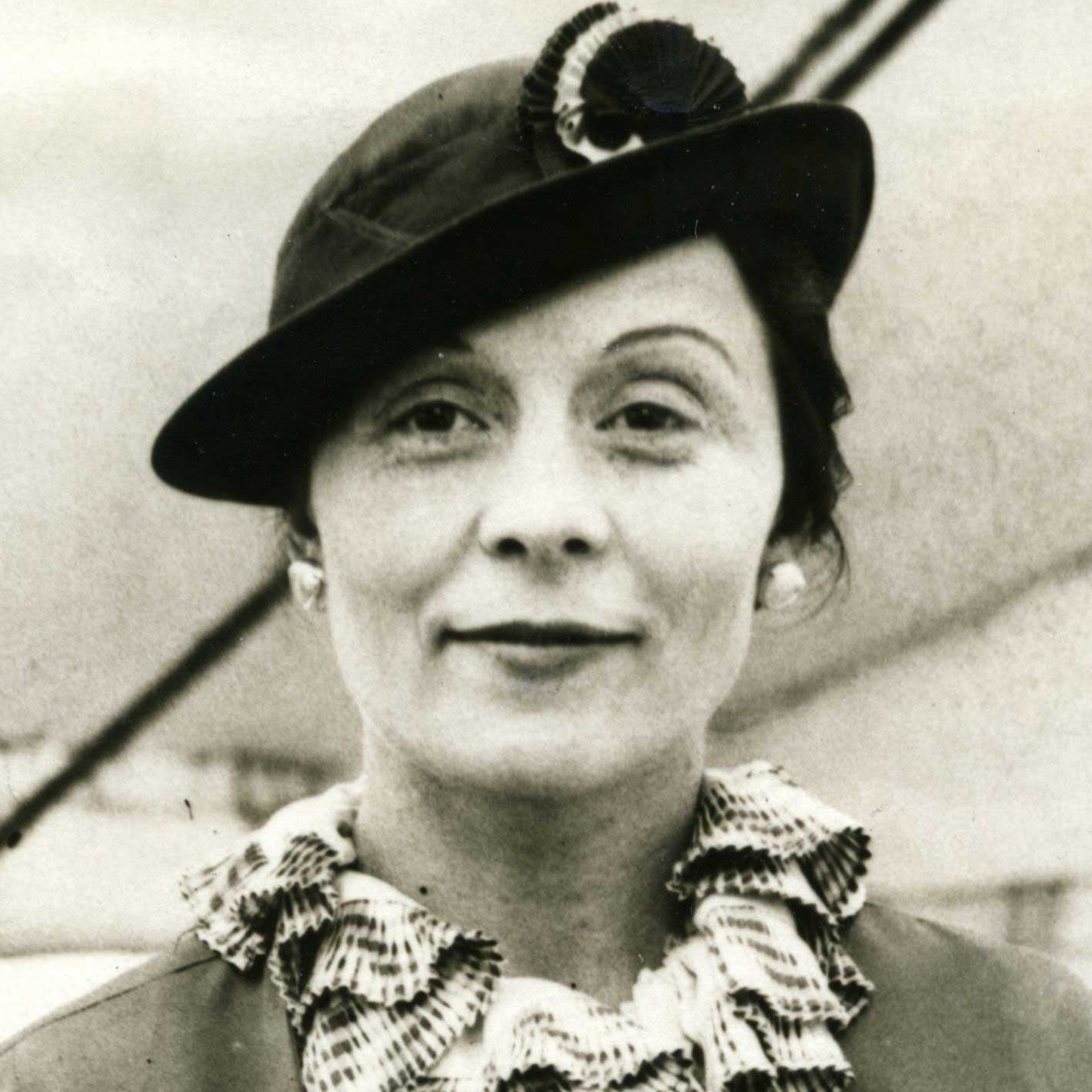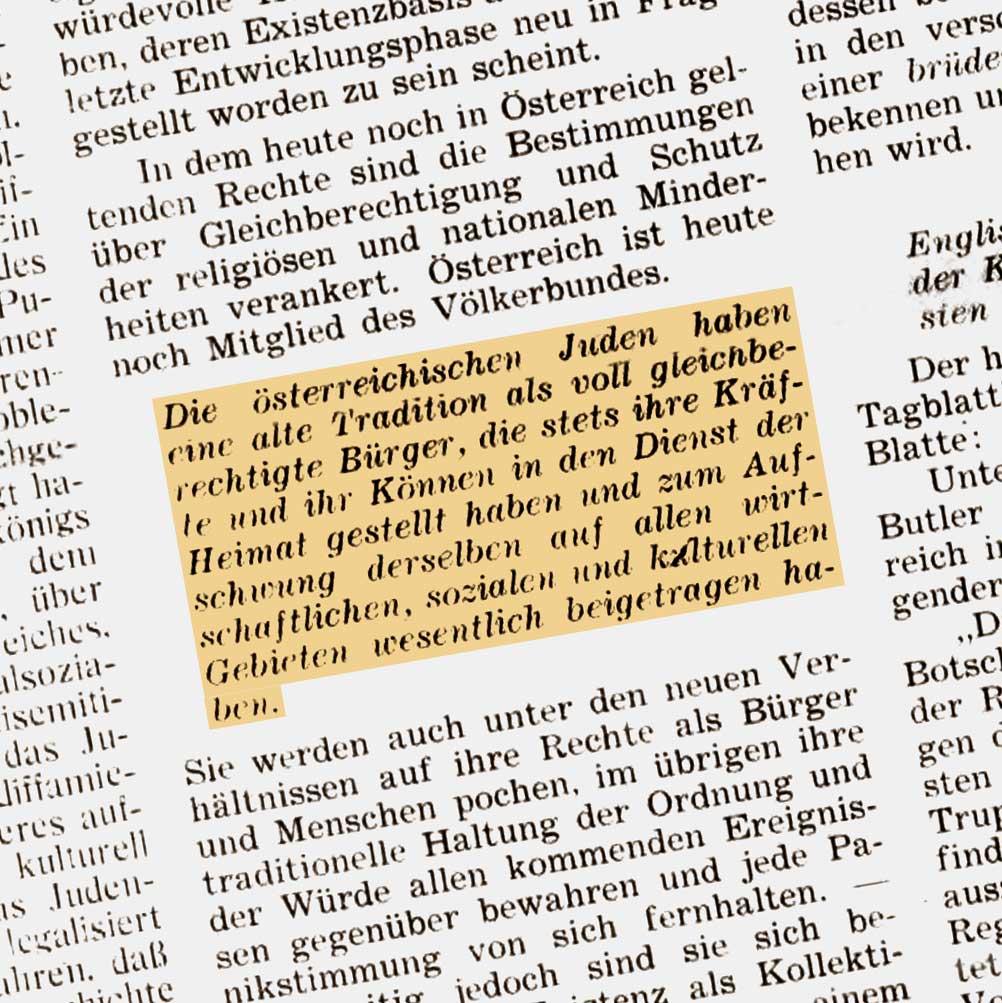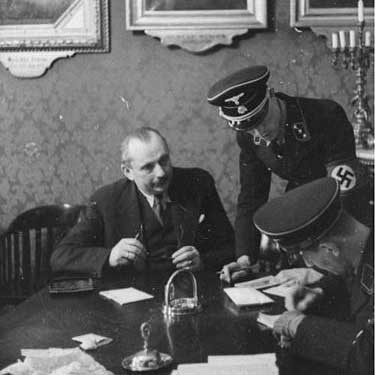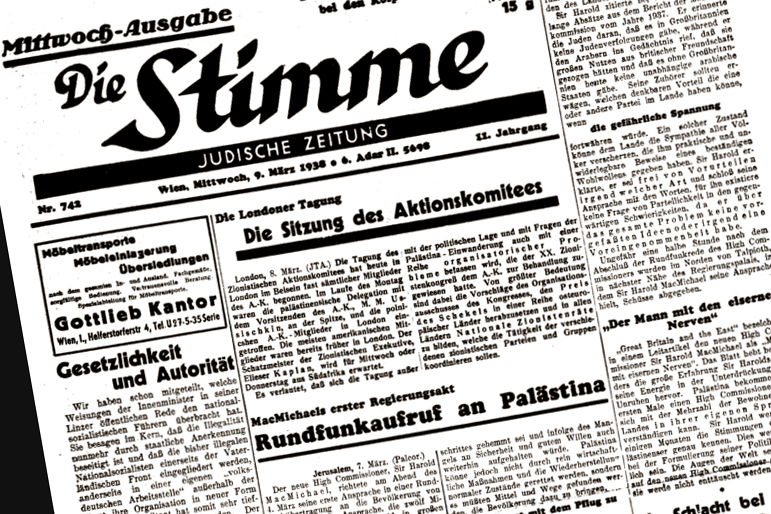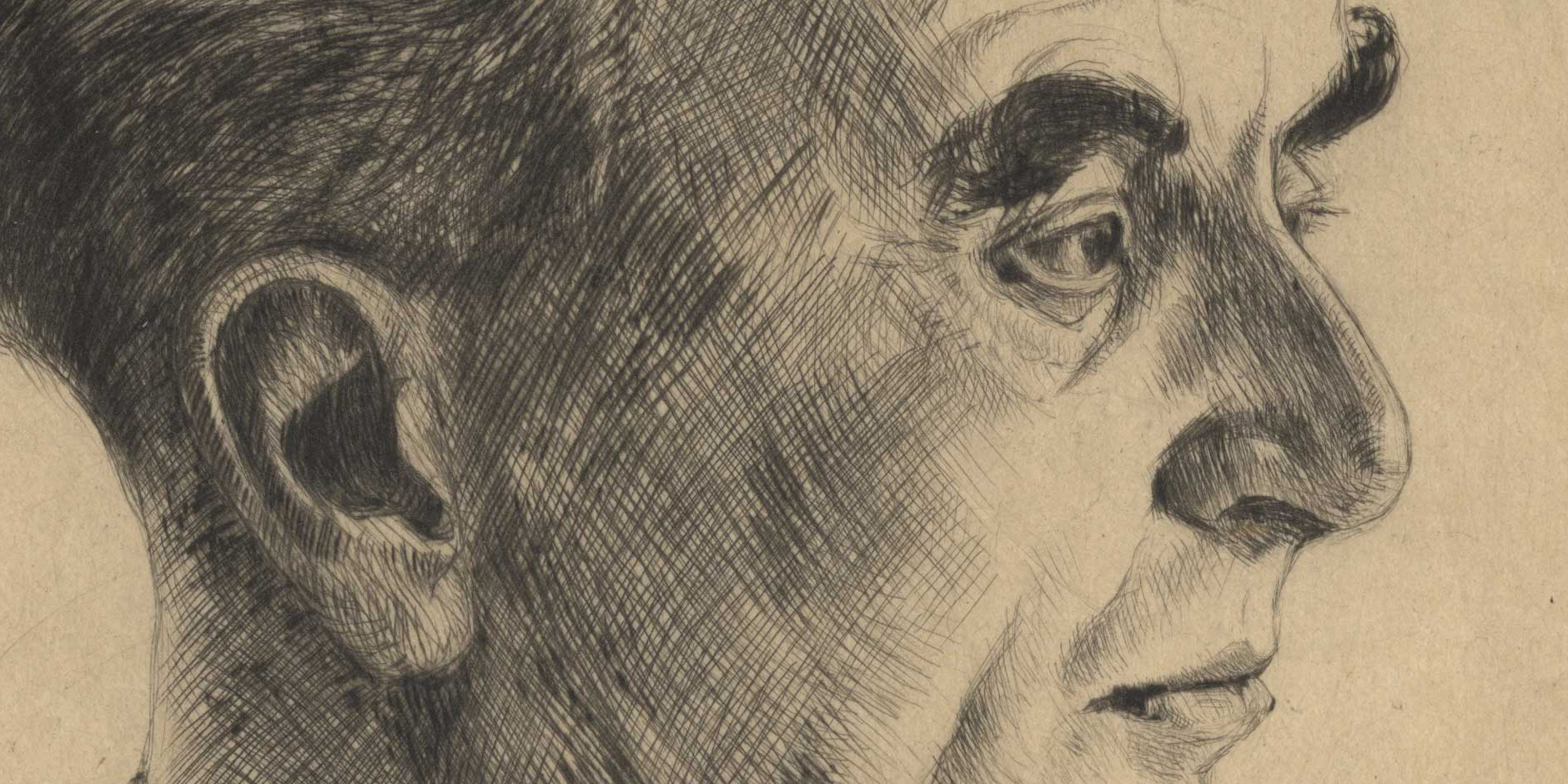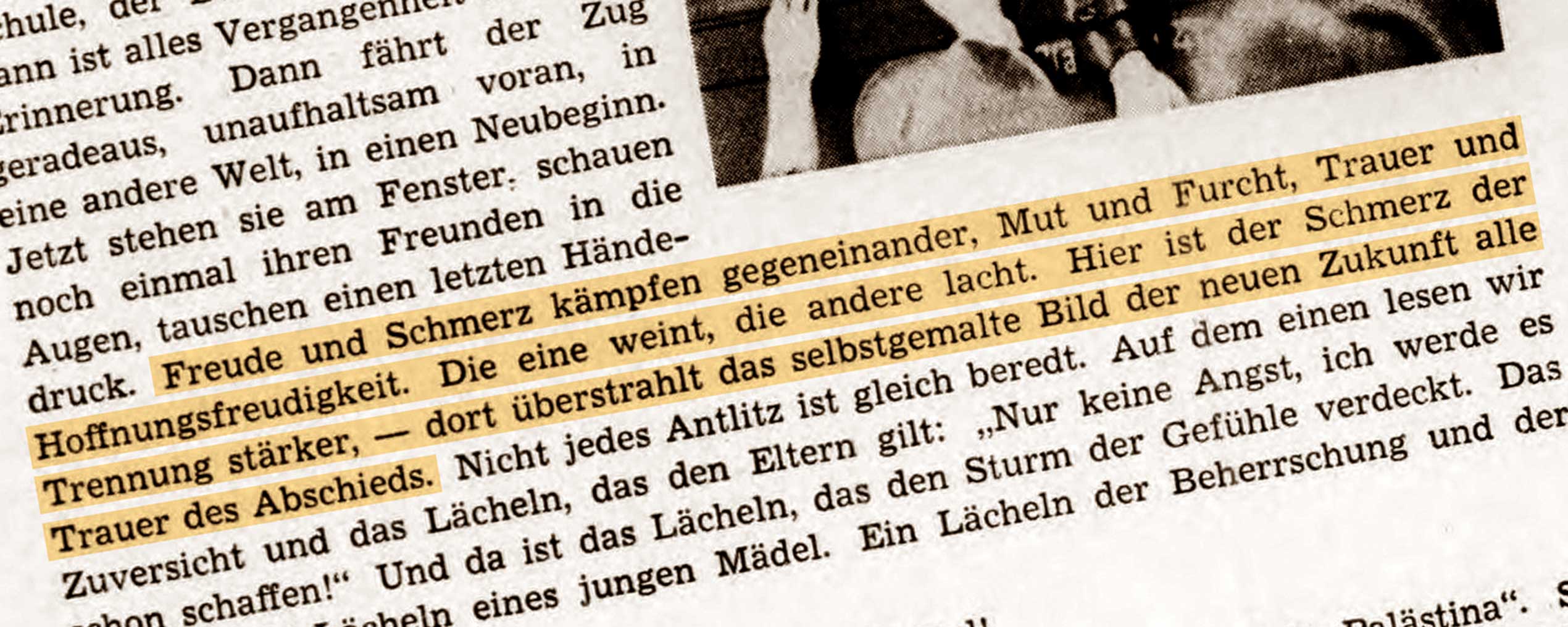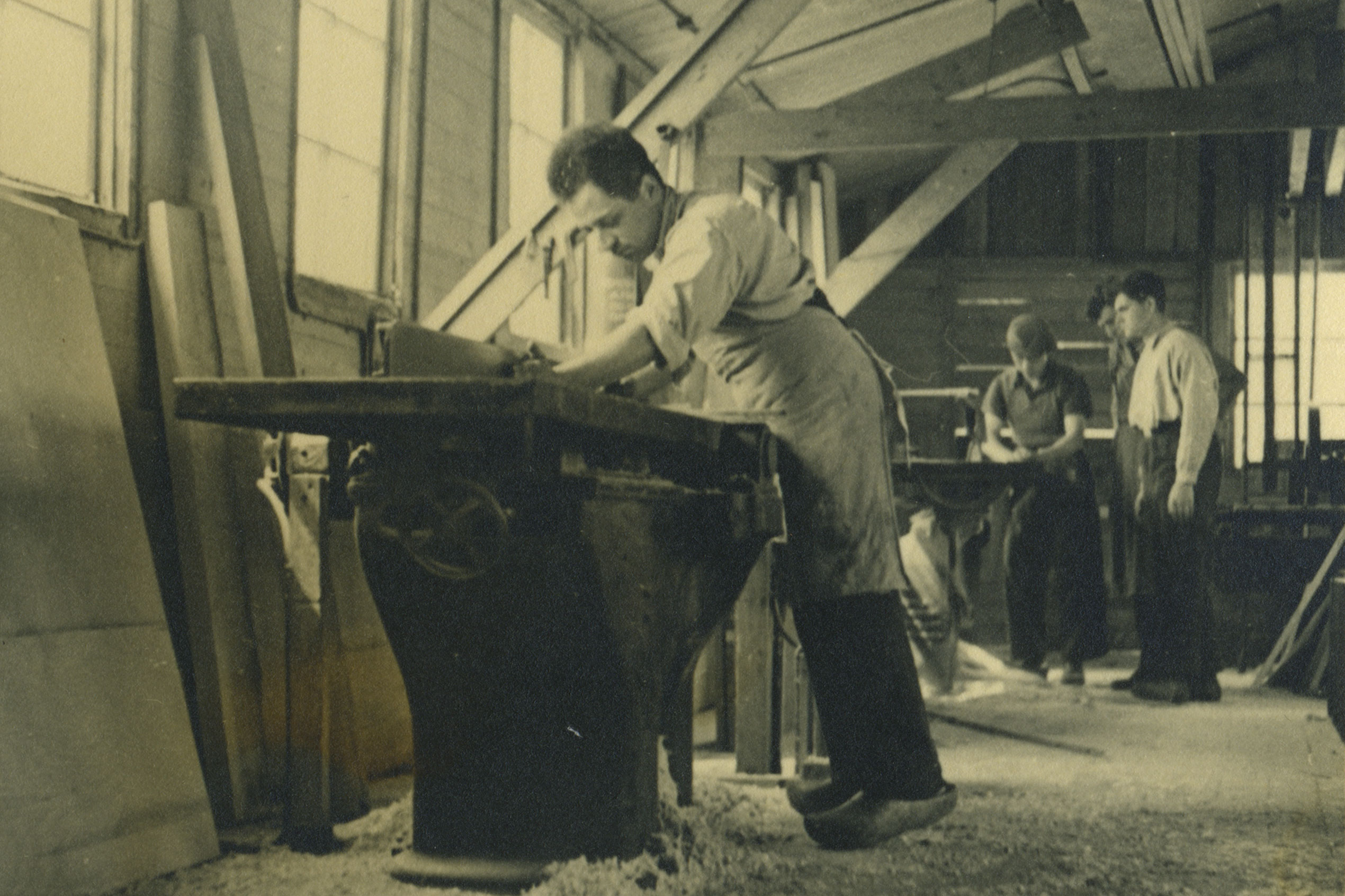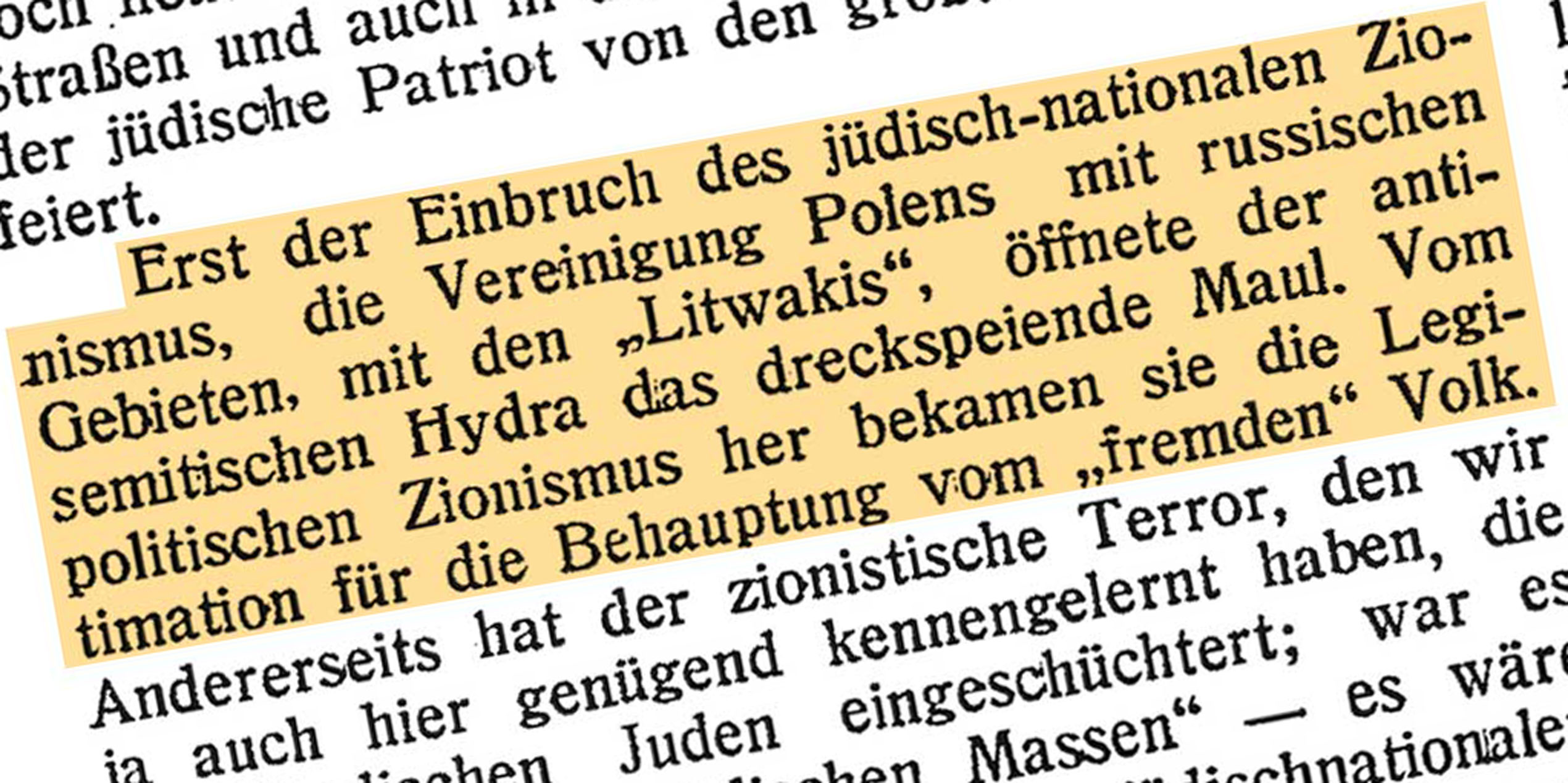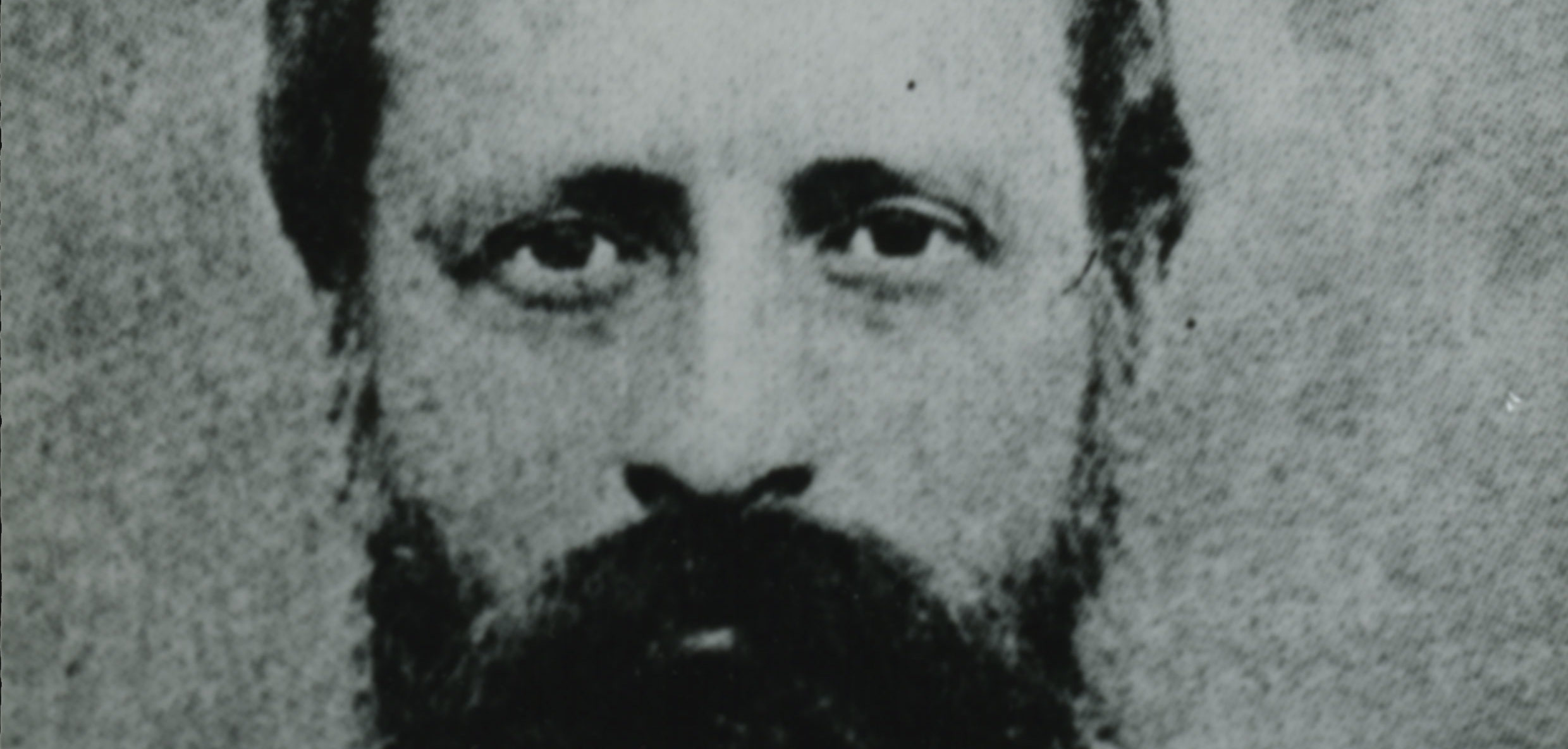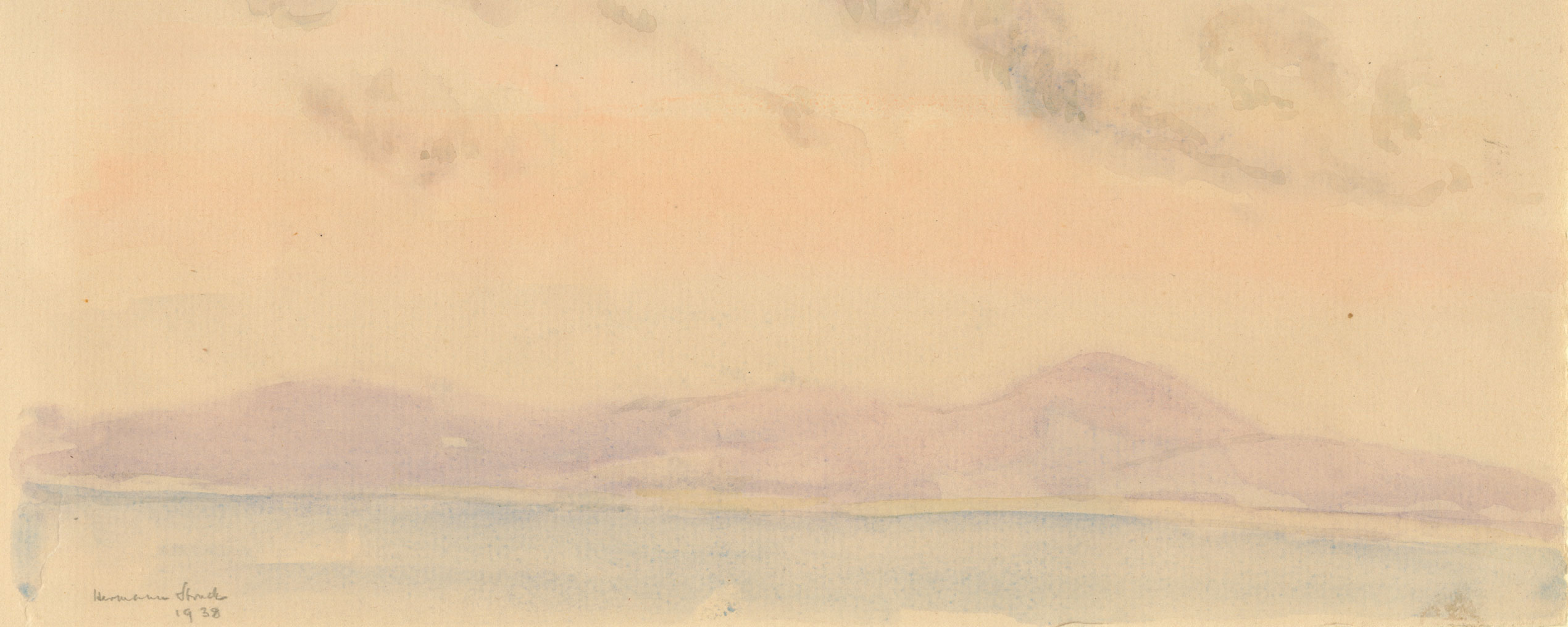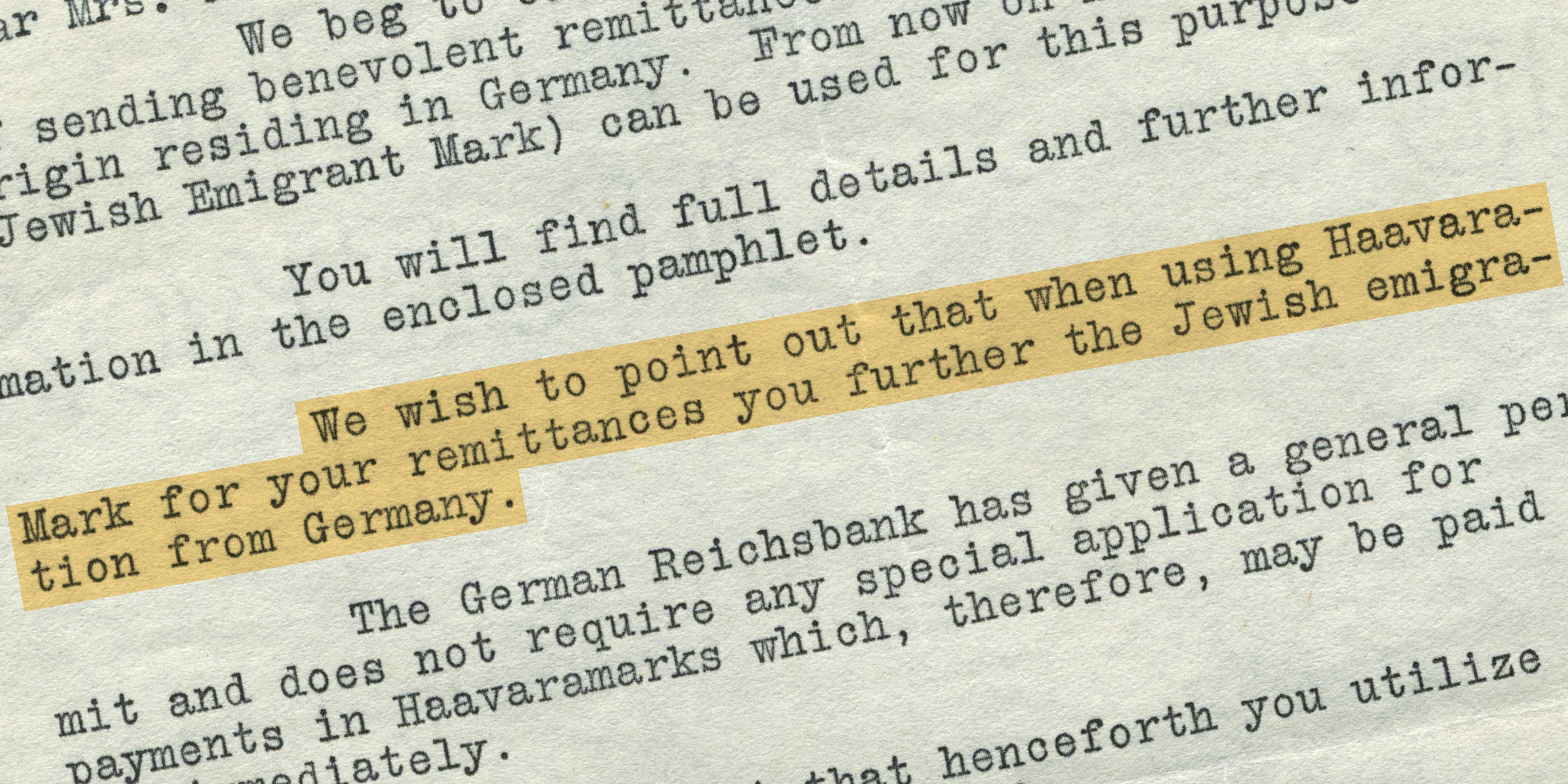At least the children
England agrees to accept 10,000 Jewish children

“The Government’s decision was made known in the House of Commons by Colonial Secretary Malcolm MacDonald, who declared that any alteration in the existing rate of immigration to Palestine at this time would ‘prejudice’ the forthcoming British-Arab-Jewish negotiations.”
London
Even the total defenselessness of German Jews in light of the acts of violence perpetrated during the November pogroms did not lead to an adjustment in international refugee policy that would be worth mentioning. Therefore, the Jewish Agency for Palestine had demanded from the British to permit the immediate immigration of 10,000 Jewish children to Palestine. As reported by the Jewish Telegraphic Agency on December 14th, the British Mandatory Authorities viewed such a step as a danger to their diplomatic balancing act vis-à-vis the groups involved and rejected the request. It did, however, agree to temporarily admit them to England. Many Jewish parents were ready to make the painful decision to send their offspring abroad on their own, in order at least to spare them the constant hostility and the physical danger. Already before the attempt by the Jewish Agency, in November, the government had given the green light to the immigration of 5,000 unaccompanied children under the age of 17. The first group of children had gone to England at the beginning of December.
SOURCE
Institution:
Collection:
“Britain Rejects Plea to Admit 10,000 Child Refugees to Palestine; Fears Effect on Parleys” 
Source available in English

